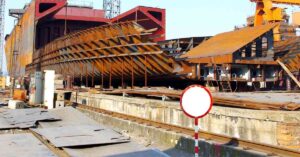

Containers led total tonnage, while LNG, LPG, vehicle carriers and bulk carriers drove overall growth, generating strong results for fiscal 21 amid continued supply chain disruptions and a transition to ocean freight. sustainable.
The Panama Canal closed its fiscal year 2021 with an annual record of 516.7 million tons CP / UMS (Universal Canal Shipment System), an increase of 8.7% compared to fiscal year 2020 and 10% above the tonnage recorded in 2019, the last fiscal year before the pandemic.
“I am grateful and proud of our world-class workforce whose resilience and dedication enabled us, throughout the pandemic, to maintain excellent service and facilitate the uninterrupted delivery of essential goods around the world.”
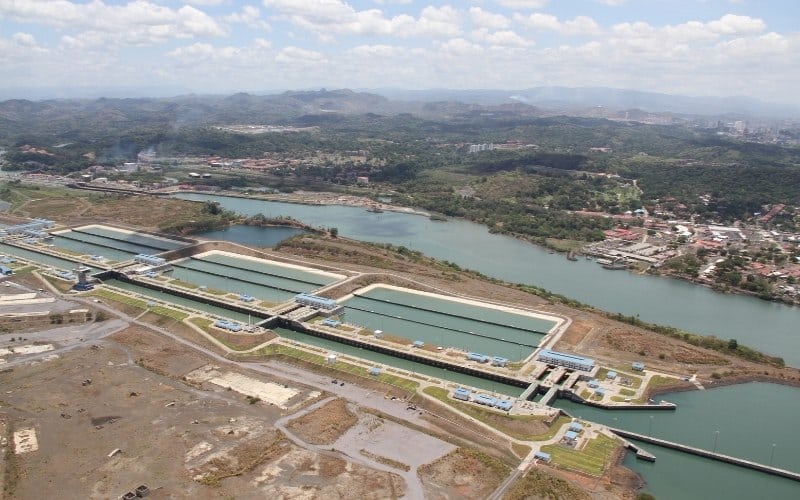

said the administrator of the Panama Canal Ricaurte Vásquez Morales.
He added that this commitment was key “in our ability to manage a record tonnage, which reinforces the value of the expanded Canal for world trade after five years of successful operations.”
Fiscal year 2021 was marked by unprecedented supply chain challenges caused by the ongoing impact of the Covid-19 pandemic. The related disruptions caused container rates to rise exponentially and production to slow in various sectors due to shortages of raw materials.
In the midst of this panorama, the traffic of the Panama Canal increased between October 1, 2020 and September 30, 2021, driven by the segments of liquefied natural gas (LNG), liquefied petroleum gas (LPG), container ships, bulk carriers and vehicle carriers.
Container ships continue to reflect an increase in demand for finished consumer products, as increased purchases during the pandemic affected supply chains and congested ports around the world.
The container segment registered 184.3 million PC / UMS tonnes, a 2% increase in tonnage compared to fiscal 2020, followed by bulk carriers (90 million PC / UMS tonnes), chemical tankers (65 million PC / UMS tonnes). UMS), LNG (61 million PC / UMS tons) and LPG (52.8 million PC / UMS tons.
Despite supply chain disruptions, LNG vessels increased 31.4% in tonnage through the Panama Canal, representing the largest increase among all segments.
LNG also set records for total tonnage and transits, both annually and in January 2021, due to record low winter temperatures in Asia. More LNG terminals located in the Gulf and the east coast of the United States expanded their operations, causing an increase in exports sent to Asia.
“LNG is not only growing faster, but it has had its best year in terms of tonnage through the Canal. However, this year’s figures in all segments demonstrate that the Canal can adapt and meet fluctuating market needs, as demonstrated earlier this year when we modified the Panama Canal reservation system to offer additional reservation options. and flexibility to our clients ”,
said the deputy administrator of the Panama Canal, Ilya Espino de Marotta.
LPG vessels and vehicle carriers followed the growing LNG segment, closing fiscal year 2021 with an 18.4% and 15.6% increase in tonnage through the interoceanic highway, respectively.
Although vehicle carriers saw growth in fiscal 2021, they have yet to fully recover from the pandemic-caused traffic slump, similar to passenger ships, which are expected to continue their gradual return to the interoceanic waterway in the year. fiscal 2022. Its return will be supported by proposals to modify the tolls of the segment, which are expected to be approved in the coming weeks.
The main trade routes of the Panama Canal by tonnage in fiscal year 2021 included: the east coast of the US – Asia, followed by the east coast of the US – the west coast of South America, the West Coast of South America – Europe, the South America Intercostal route, and the East Coast of South America – Asia route, which replaced the US East Coast – West Coast of Central America route on all five routes main of the Canal.
South Korea also moved up the rankings to become the fourth largest user of the interoceanic waterway this year, preceded by the United States, China and Japan, with Chile in fifth place.
The Panama Canal recorded a total of 13,342 transits in fiscal year 2021, driven by a rise in neopanamax. Although their average size increased, panamax transits decreased, a change anticipated and accelerated by the impact of the Covid-19 pandemic as shipping companies consolidated their cargo onto larger ships to decrease frequent transits.
To help facilitate this transition, the Panama Canal increased the maximum length allowed for vessels passing through the Neopanamax locks, a move made possible by experience in operating the expanded Canal.
The interoceanic route also began to offer a draft of 50 feet, the highest level allowed at the Neopanamax locks thanks to effective water management and increased rainfall.
The greater draft increased the capacity of the interoceanic route to maneuver larger and heavier vessels.
The Panama Canal also made progress on its commitments to accelerate the decarbonization of shipping in fiscal 2021.
In January 2021, the Panama Canal announced the creation of the CO2 Emissions Board, which calculates the carbon dioxide (CO2) emissions saved by ships that choose to transit the interoceanic route on the most likely alternative route. The Canal pledged in April 2021 to become carbon neutral by 2030, with plans already underway to invest approximately $ 2.4 billion in modernizing its equipment and infrastructure to meet this goal.
The Canal will also invest $ 2.8 billion in maintenance, and $ 500 million in digital transformation to maximize its capacity and value offered to customers in the coming years.
In the following weeks, the interoceanic highway will unveil its roadmap for the next decade, outlining the steps it will take to achieve carbon neutrality by 2030, from generating electricity through renewable sources to migrating its fleet to electric vehicles and hybrid tugs.
The Canal will also explore a pricing strategy that promotes the efficiency and low carbon emissions of the ships that transit the interoceanic route, in addition to participating in the next meetings of the United Nations Conference on Change (COP26) and the Protection Committee. of the Marine Environment of the World Maritime Organization (MEPC77).
Refernece:
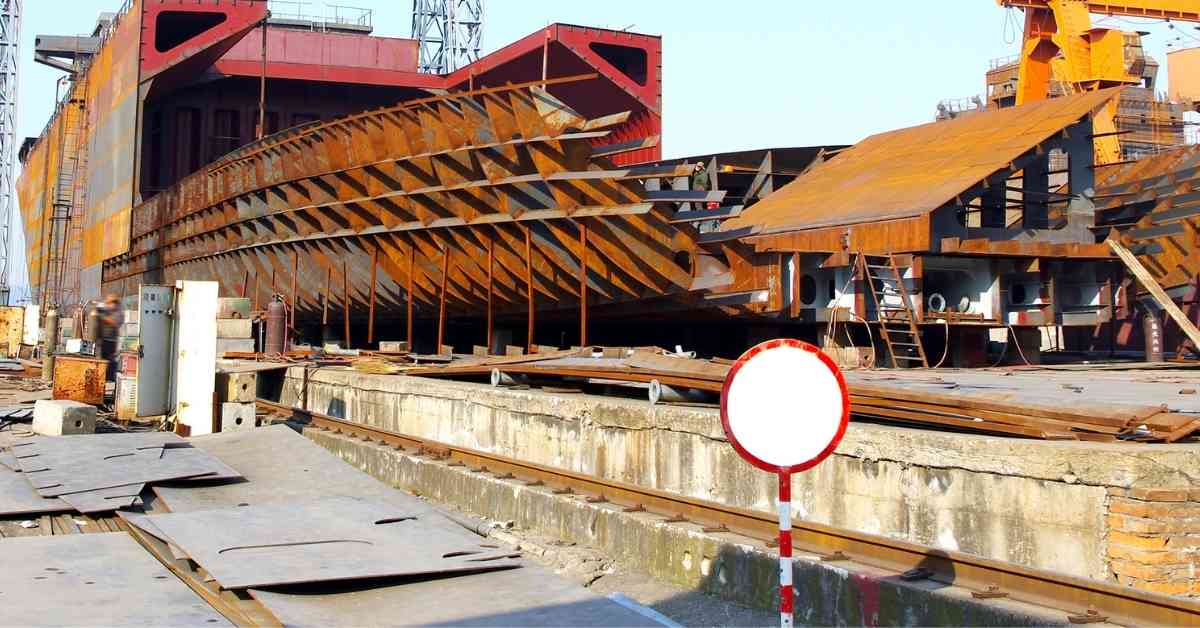

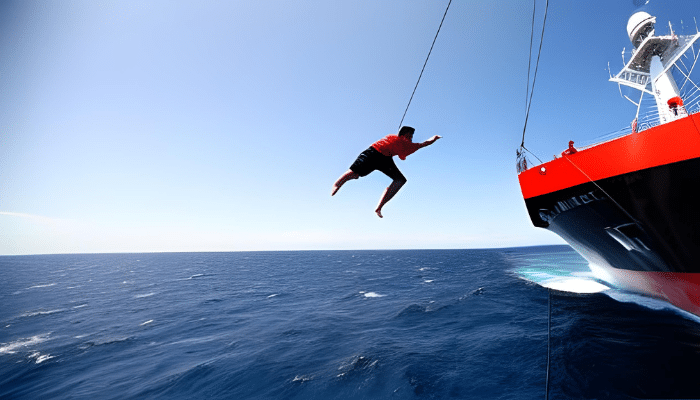

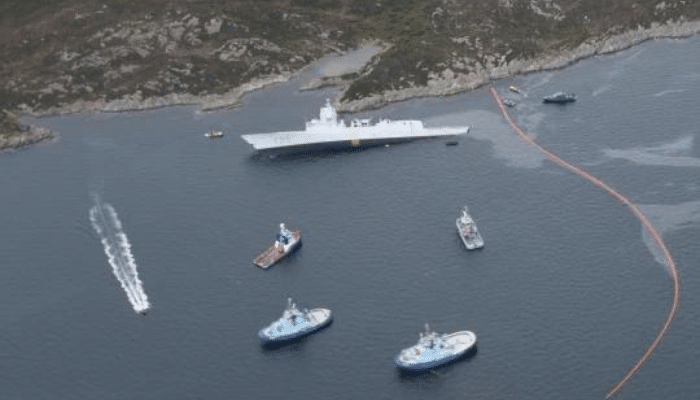

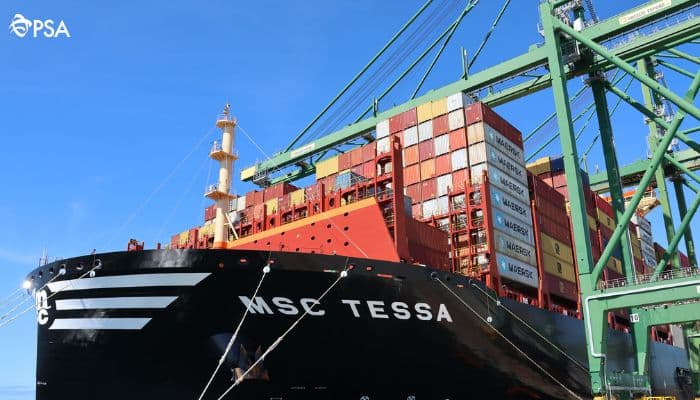

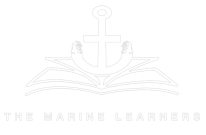

We believe that knowledge is power, and we’re committed to empowering our readers with the information and resources they need to succeed in the merchant navy industry.
Whether you’re looking for advice on career planning, news and analysis, or just want to connect with other aspiring merchant navy applicants, The Marine Learners is the place to be.